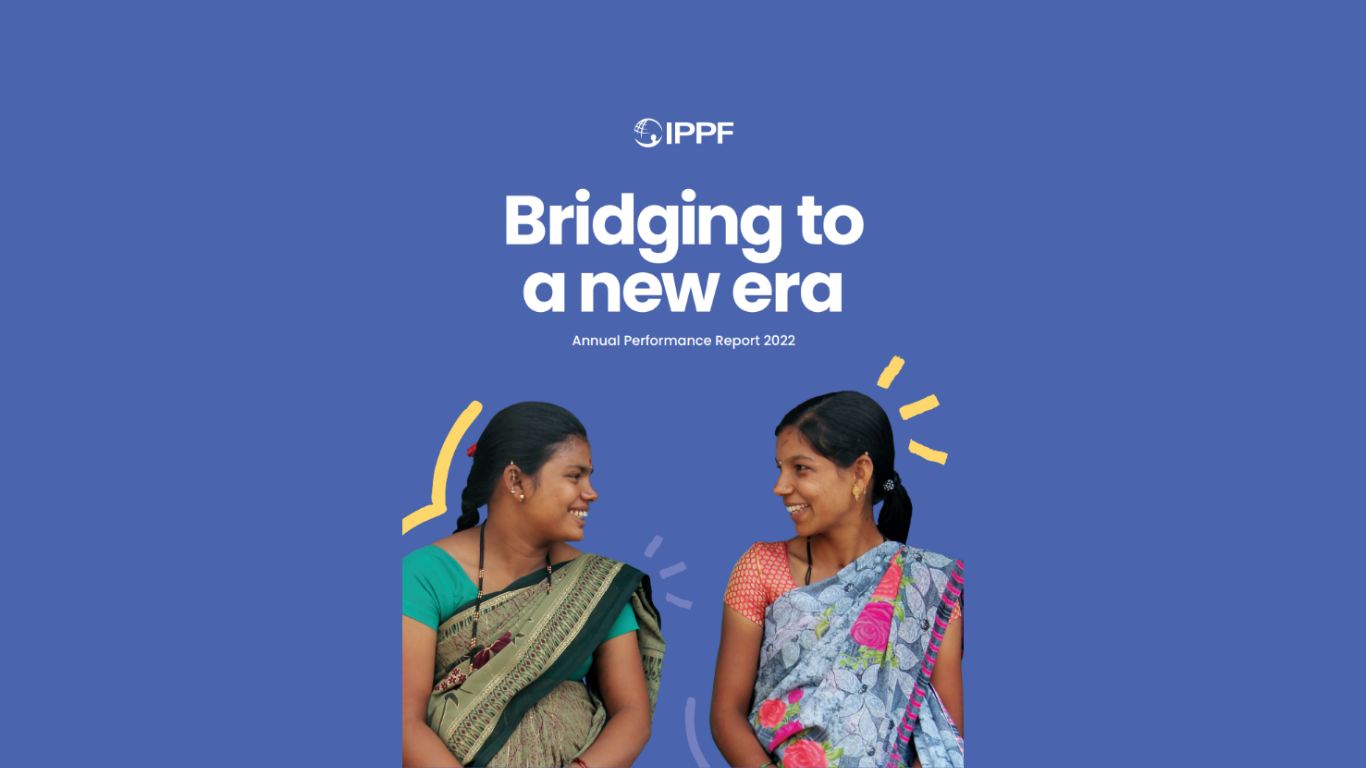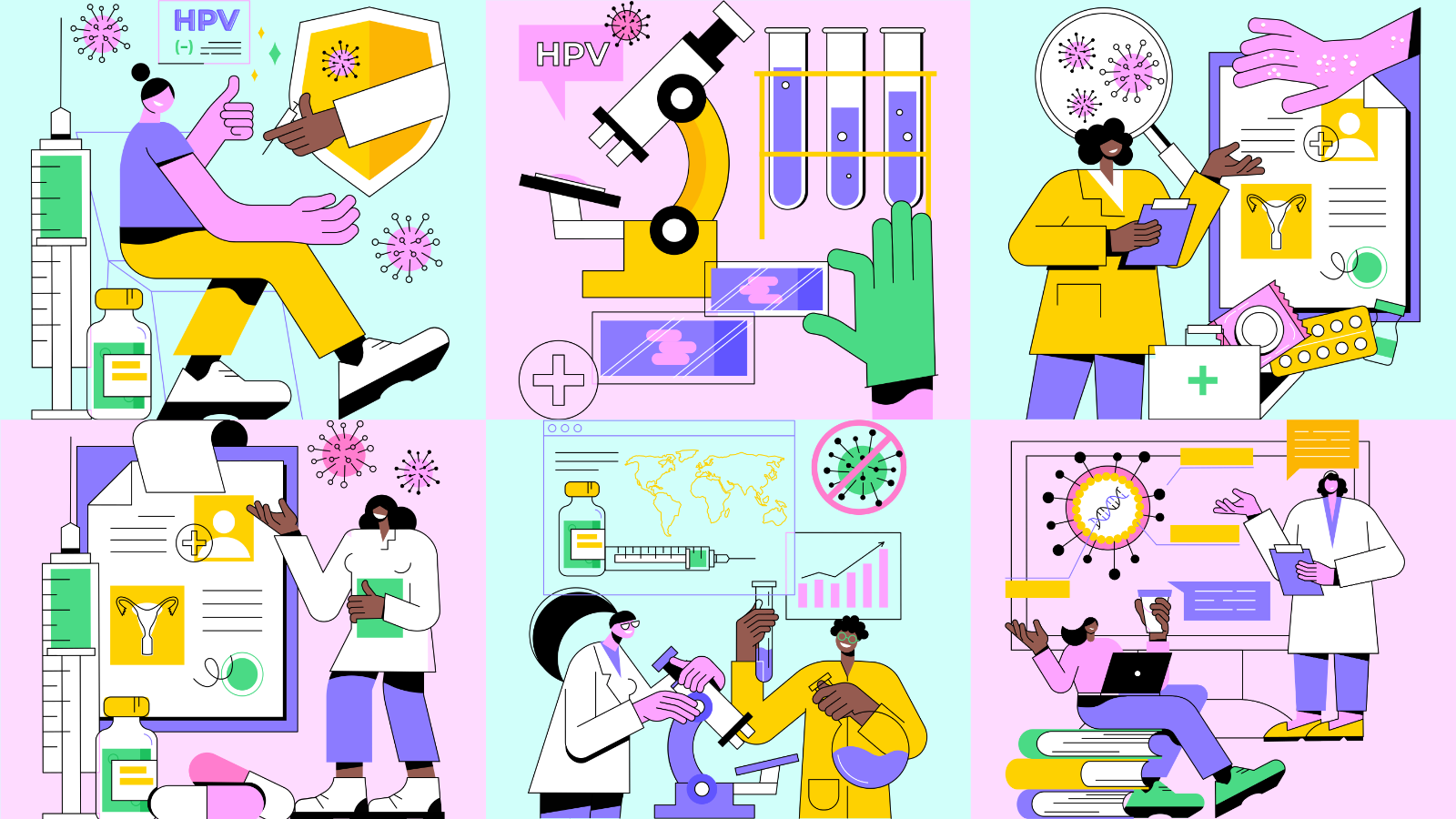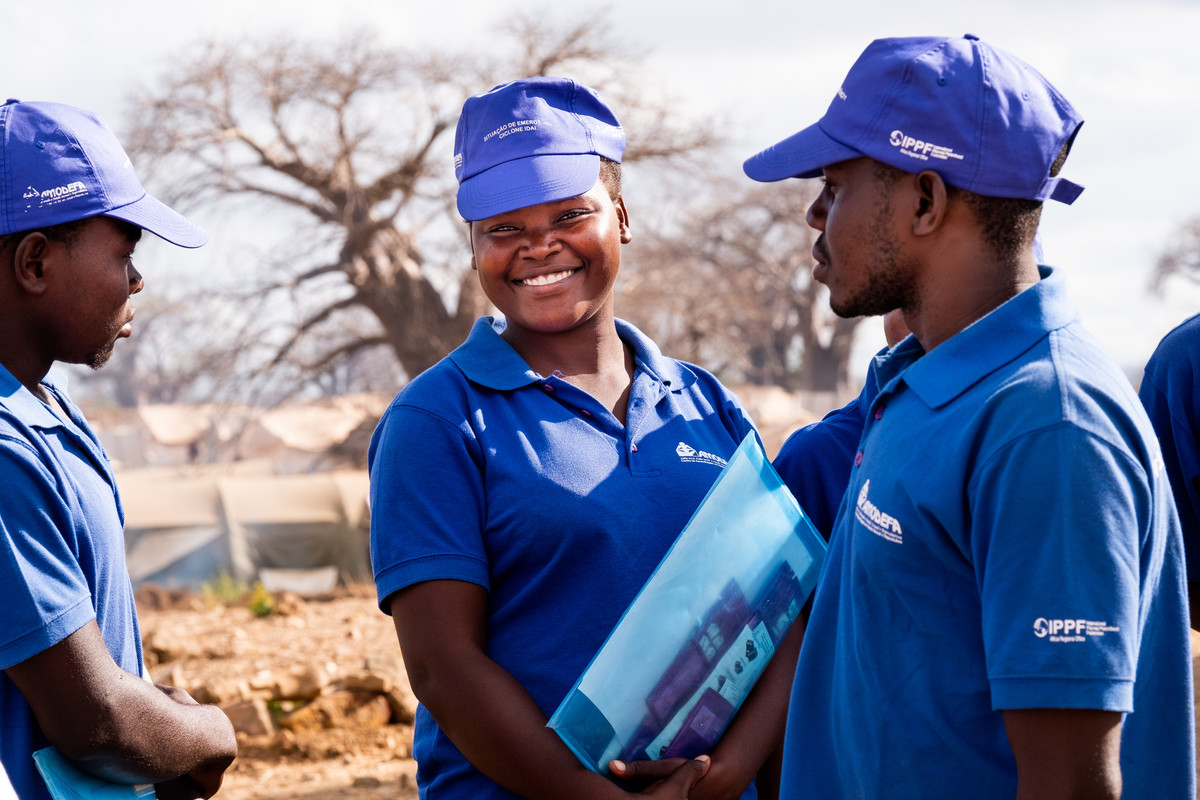Spotlight
A selection of resources from across the Federation

HIV Theory of Change
Our HIV Theory of Change is to clarify the goals and vision of IPPF’s HIV programme and to articulate the different pathways and strategies IPPF uses to contribute towards its HIV goals and vision.
Filter our resources by:
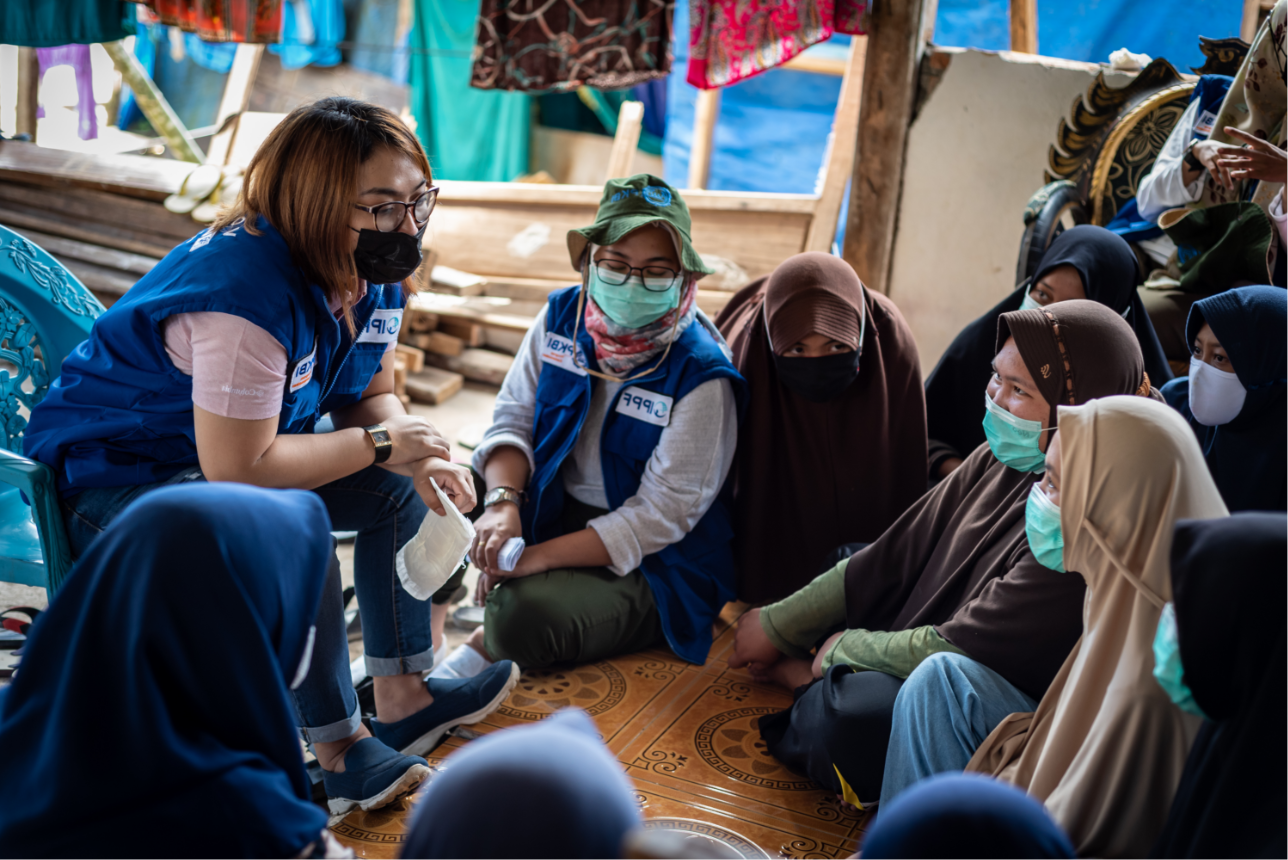
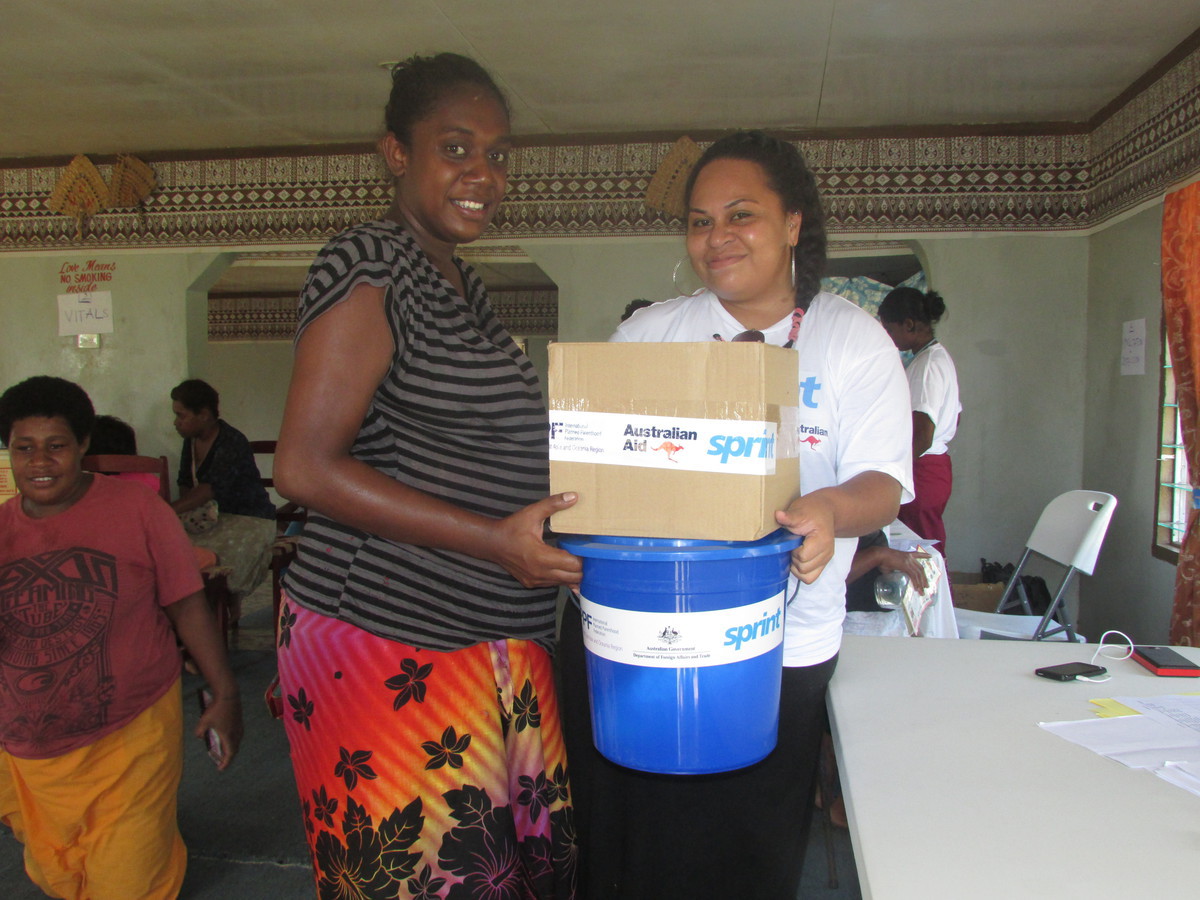
| 05 April 2016
Fiji update
One month on the Cyclone Winston hit Fiji, IPPF-SPRINT is still providing sexual, reproductive and maternal care to cyclone-affected population.
| 04 February 2016
Young at Heart
The world is home to the largest generation of young people in history. They are diverse, they have opportunities, but they also face immense obstacles in their lives. Young people and adolescents need to be able to make informed decisions and have access to sexual and reproductive health education, information and services. IPPF’s journey of youth services and participation is illustrated by the timeline of events on this page. Our approach has changed radically, from ‘not turning young people away’ to providing high quality, standardized youth-friendly programmes. Our performance of the past decade tells a powerful story of this increasing commitment to young people. In 2005, 25% of our services were provided to young people, and since then the number of services provided to young people has grown steadily. Of the 86.9 million services provided by IPPF in 2013, almost every second one was to a young person. IPPF’s new Strategic Framework (2016 -2022) shows how the Federation is embracing young people as partners and moving to a more youth-centred approach. By expanding our commitment to youth-friendliness and evolving to ensure that young people are truly at the centre of everything we do, IPPF will continue to set an example for meaningful youth involvement. By genuinely focusing on young people’s lives and requirements, from their own perspectives, we can deliver services, programmes and interventions that are truly shaped by them, and thus relevant, inclusive and effective. This document is an introduction for decision makers, service providers and youth leaders within the Federation on how IPPF can build on its legacy and transition to a youth-centred approach. It addresses the questions: what does this new thinking include? What does it mean in practice? How should we implement it? How should we measure progress?

| 11 January 2016
IPPF - UN MOUVEMENT POUR LE CHANGEMENT
Le cadre stratégique 2016–2022 constitue une vision à la fois audacieuse et ambitieuse des projets de l’IPPF, la Fédération internationale pour la planification familiale, et des moyens de les concrétiser au cours des sept prochaines années. Approuvé en novembre 2014 par le Conseil de gouvernance de l’IPPF, la plus haute instance décisionnelle de la Fédération, ce cadre représente l’aboutissement d’un vaste processus consultatif sollicitant la collaboration d’associations membres, de partenaires et de bailleurs de fonds à l’échelle mondiale. Notre stratégie répond aux tendances sociales, politiques et démographiques qui se manifestent dans le monde entier. Ces tendances peuvent se résumer ainsi: les attentes et le potentiel de la génération la plus nombreuse de jeunes de tous les temps; de profondes inégalités sociales et économiques persistantes, et notamment la discrimination contre les filles et les femmes; ainsi que l’opposition qui menace les avancées réalisées dans le domaine des droits humains. Ce cadre s’appuie aussi sur des évaluations et des analyses de notre travail: nos forces et faiblesses, nos capacités, nos ressources et nos réseaux. Le cadre stratégique de l’IPPF établit les priorités qui permettront à la Fédération d’avoir de l’impact en tant que mouvement axé sur la santé et les droits sexuels et reproductifs (SDSR) au cours des sept années à venir. Il guidera les associations membres nationales et leurs partenaires en vue d’élaborer des stratégies spécifiques à leurs pays, en fonction de leurs ressources et adaptées pour se mettre au service des groupes les plus marginalisés sur le plan local. Il apporte aussi au Secrétariat un axe d’action quant à son influence internationale et dans son soutien aux associations membres. Les associations membres seront tenues de rendre compte de leurs résultats une fois par an, qui seront compilés dans un tableau de bord mondial pour mesurer les progrès de la mise en pratique du cadre stratégique. En se dotant de cet outil essentiel, l’IPPF se donne les moyens d’aller de l’avant et de tenir ses promesses. En tant que chef de file du mouvement sur la santé et les droits sexuels et reproductifs, nous aiderons à unir les actions et les accomplissements de défenseurs de la SSR dans le monde entier, afin de changer de manière radicale la manière dont la santé et les droits sexuels et reproductifs sont appréhendés dans le monde entier.
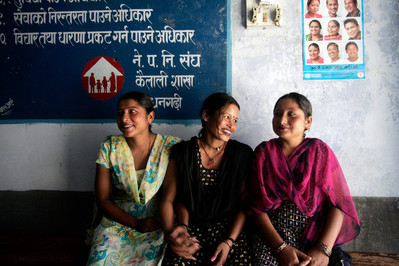
| 09 January 2016
Family Planning Report 2016
IPPF is committed to expanding access to, and increasing methods of, family planning. This includes universal access to contraception. In our approach we are dedicated to increasing new users, being youth centred and reaching the under-served.

| 02 December 2015
IMAP Statement on hormone therapy for transgender people
This Statement has been prepared by the International Medical Advisory Panel (IMAP) and was approved in October 2015. This ‘Statement on Hormone Therapy for Transgender People’ complements and builds on earlier IMAP Statements, including ‘Sexual Rights and Sexual Health Services’ and ‘Sexual Health and Rights of Adolescents and Young People’. In the former Statement, IPPF explicitly explored the sexual rights and sexual health of people who are lesbian, gay, bisexual, transgender and intersex, and described how to provide the non‑discriminatory and essential health services required by these populations.

| 02 December 2015
IMAP Statement on the elimination of female genital mutilation
This Statement has been prepared by the International Medical Advisory Panel (IMAP) and was approved in June 2015. Female genital mutilation (FGM) is an umbrella term that includes all procedures that involve partial or total removal of the external female genitalia, or other injury to the female genital organs, for non‑medical reasons. Female genital mutilation violates a number of well‑established human rights principles, norms and standards, including the principles of equality and non‑discrimination on the basis of sex, gender, the right to bodily integrity, the right to life (because the procedure can result in death), and the right to the highest attainable standard of physical and mental health. Female genital mutilation has no health benefits, it is harmful to the health of women and girls, it violates women’s human rights and every effort should be made to eradicate the practice.











